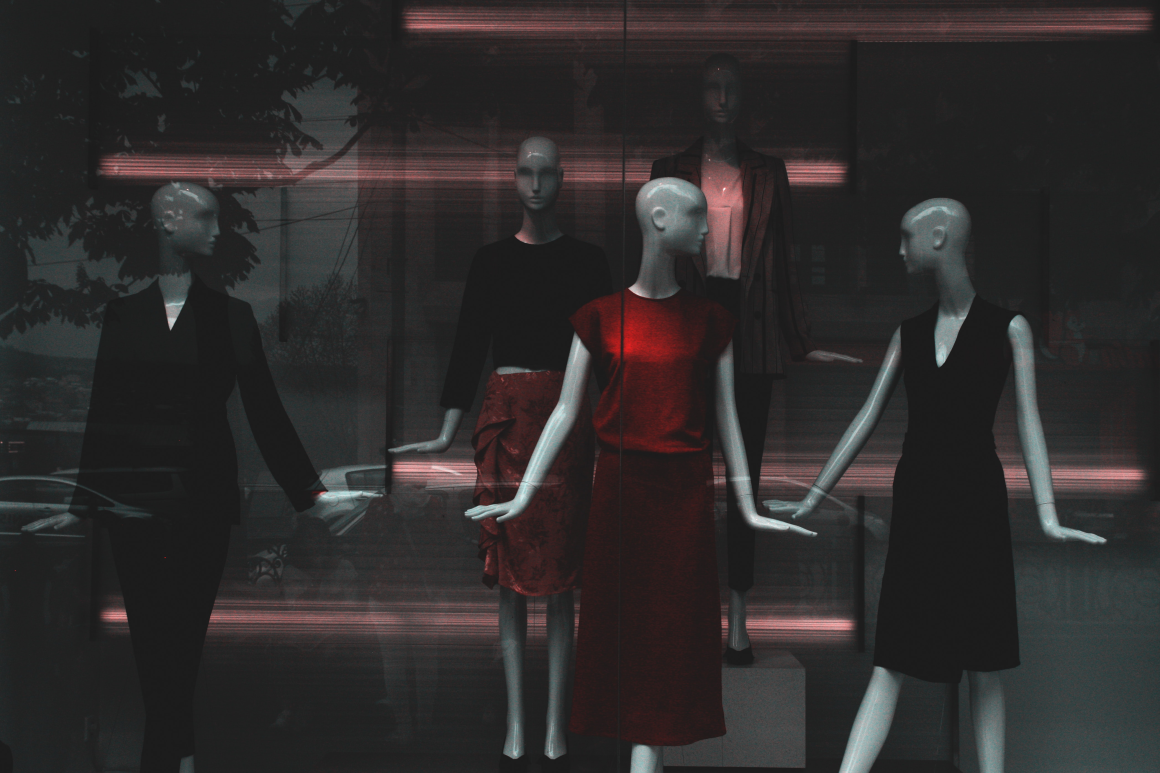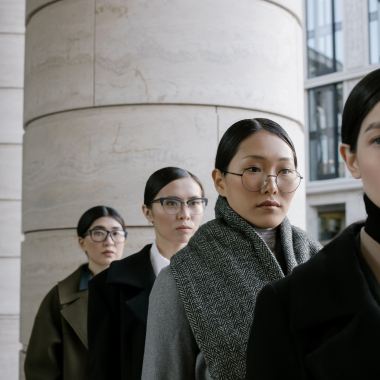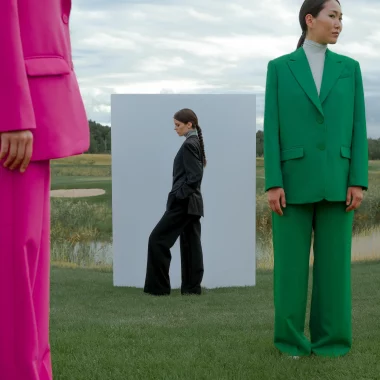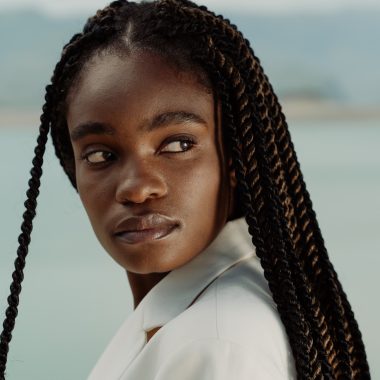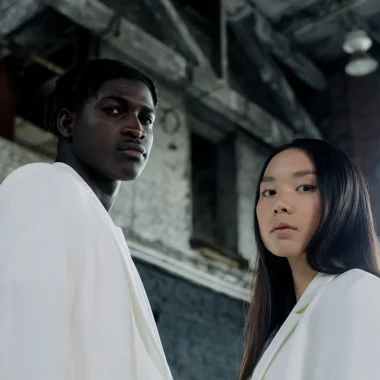The Fashion Industry: An Overview
The fashion industry is an incredibly vast sector, affecting everyone in some way, shape, or form.
Whether you consider yourself a fashion expert or not, you have bought clothes before, which makes you a part of the industry as a consumer. The fashion industry is a trillion-dollar global entity, producing everything from footwear to apparel, always with the consumer in mind.
Trends in the industry are constantly changing and evolving, making it an ever-moving force. But have you ever wondered how these trends come to be? Who decides what styles are in and out? And how do they go from being just an idea to a widespread trend?
Understanding Fashion Trends
Fashion trends are simply styles that have become popular. If it’s a trend, it means a lot of people are interested in wearing it at a given time. For instance, tie-dye shirts were a trend in the 1960s, whereas today, mom jeans are all the rage.
The individuals responsible for identifying these trends are known as trend forecasters, and they focus on two distinct types of trends: microtrends and macrotrends. Microtrends are styles that come in and out of fashion quickly (typically from season to season).
Checkered prints might be popular one moment, only to be replaced by a cheetah print a few months later. On the other hand, macro trends are styles that stay popular for a long time, such as bell-bottom jeans in the 1970s.
It’s important to note that macro trends don’t always have to be a particular type of clothing; they can be initiatives. For instance, sustainable fashion has become a macro trend in recent years due to the backlash the industry has faced for its negative impact on the environment.
In response, many brands have started producing environmentally-friendly clothing and promoting it as such. Levi’s, for instance, aims to use 100% sustainably sourced cotton in its products and reduce its greenhouse gas emissions by 40% in the next 4-5 years.
How Trends Are Created
Fashion trends are created through a combination of factors, including cultural, social, and economic influences. The fashion industry is constantly changing, with new styles and designs emerging every season. There are a number of different players in the fashion industry who help to set trends, including designers, fashion houses, celebrities, and influencers.
Designers play a significant role in shaping fashion trends. They are responsible for creating new designs and styles, which are then showcased on the runway during fashion week. These shows serve as a platform for designers to showcase their latest collections and to introduce new styles and trends to the public.
Fashion houses such as Chanel, Gucci, and Louis Vuitton, are also major players in the fashion industry. These companies have a significant impact on the fashion world, as they control many of the brands that set trends. They also have the resources and influence to promote their designs and create buzz around new collections.
Celebrities and influencers are also known to set trends. They have a large following on social media and are often seen wearing the latest styles, which can inspire their followers to adopt similar styles. For example, if a celebrity is seen wearing a particular brand of clothing or accessory, it can quickly become popular among their fans.
Переглянути цей допис в Instagram
The Cycle of Fashion
The cycle of fashion can be broken down into several stages, including research and development, design, production, and marketing. In the research and development stage, designers and fashion houses gather information about current and emerging trends, cultural influences, and consumer preferences. This information is then used to create new designs and styles for the upcoming season.
In the design stage, designers create sketches and prototypes of their designs, which are then brought to life in the production stage. During this stage, materials are sourced, patterns are created, and the clothing is manufactured. The final products are then marketed to consumers through various channels, including fashion shows, magazines, advertisements, and social media.
Once the clothing is on the market, consumers decide which styles and designs they want to purchase and wear. As more and more people adopt certain styles, they become more widespread and eventually become a trend. The cycle of fashion continues as new styles and designs are introduced, and old ones are phased out.
It is important to note that the cycle of fashion can vary greatly from one season to the next. Some styles and designs may become popular quickly and have a short lifespan, while others may persist for several seasons or even years. The fashion industry is constantly evolving, and trends can change rapidly, making it difficult to predict what will be popular in the future.
